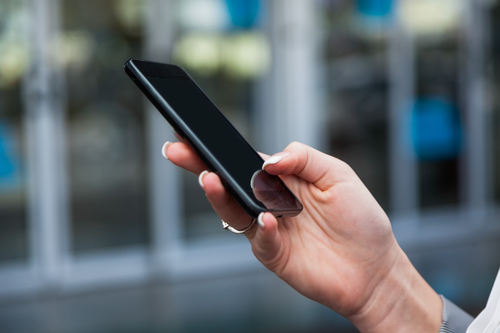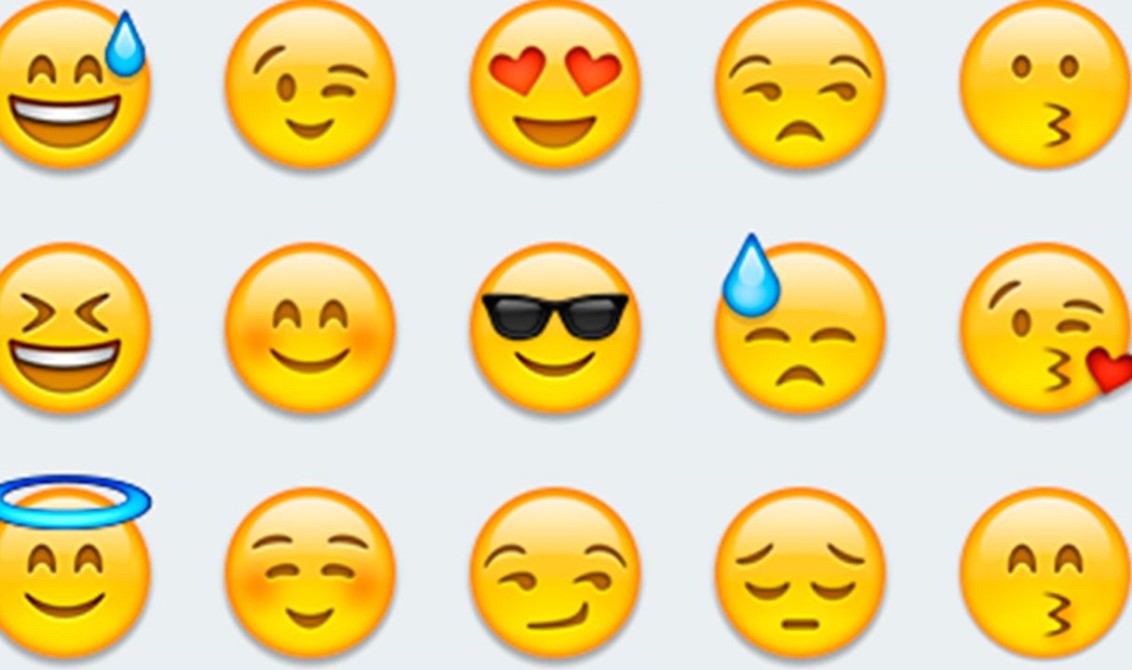SMS, Apps or Email? Customer Engagement Strategies Analysed

For any business, effective marketing is a fundamental aspect to meeting its goals. A marketing strategy needs to prompt engagement from its target market, and in order to do that, the right message must be sent at the right time through the right medium.
Generally, a business will have three platforms of communication through which it can conduct a marketing campaign – SMS, mobile apps and email. When it comes to deciding which one of these is best suited to a particular campaign, there are several factors to consider.
The principles of customer engagement
Firstly, what message are you trying to convey? Is it something short and snappy that is designed to grab the audience’s immediate attention and prompt an instant reaction, or is it a more detailed message where less immediacy is required? Then you need to think about how often you communicate with your target market.
It is important to contact your customers regularly, but a reasonable balance has to be struck.
What you don’t want is to pump customers with messages so frequently that they’ll end up getting annoyed and unsubscribing, or taking their business elsewhere.
Finally, the timing of messages is crucial. If you need a message to be read and acted upon quickly, daytime hours are best, whereas messages that require a bit more time for engagement are suited to evenings when most people’s time is their own.
SMS vs apps vs email
Now it’s time to select the medium through which you want to communicate with your target market. Let’s compare between the three options by processing their advantages and disadvantages.
Email is something that almost everyone uses, even if only sporadically. It is an ideal medium for messages that require greater length and aren’t hugely time-critical. Also, it is easy to go back and find an email afterwards, particularly when you can highlight it as important or send it to a quickly referenceable folder. Another advantage is that it is the best medium for sending larger file attachments.
If timeliness is your priority, though, steer clear of email, as messages might not be read for several hours, if even at all. Even for those with smartphones who receive emails instantly, there’s a tendency to dismiss it and think ‘I’ll come back to it later’. Emails usually have a far lower engagement rate than other methods of marketing communication.
Apps have emerged as a more recent means through which to communicate a marketing message. They have a good balance between instant notification and not being an overbearing nuisance, while messages are often quick and to the point. It is also a cost effective channel for marketers to exploit.
On the minus side, it is similar to email in that customers might not respond for a number of hours (if at all), they are almost impossible to reference after being opened and they don’t have an impressive engagement rate. A big part of that is down to customers’ ability to disable push notifications on their mobile devices.
SMS is probably the most advantageous of the three options. Messages are short and sweet, they are usually read instantly and they will elicit a near-immediate response. Customer engagement is far higher with SMS than the other options, mainly because it is excellent for using a call to action such as two-step verification or alerts.
It is also a good way to subtly plug your company’s website within a message so that it’s useful to have rather than being shoved in the customer’s face.
The only real drawbacks are that messages need to be kept brief, while an SMS campaign tends to be expensive at the launch phase and needs a high level of engagement to justify the outlay.
Which is the best choice?
Like with many other things in life, the best customer engagement strategy is the one that best suits your needs. Identify your main goal, whether that’s a wide audience reach, an urgent response rate, a high level of customer engagement or the ability to be flexible with your messaging.
Then you can establish whether SMS, apps or email is the way to go – just remember that SMS has a click-through rate nine times’ greater than that of email, if that helps!
By:







